How Trees Grow from Carbon Dioxide and Water
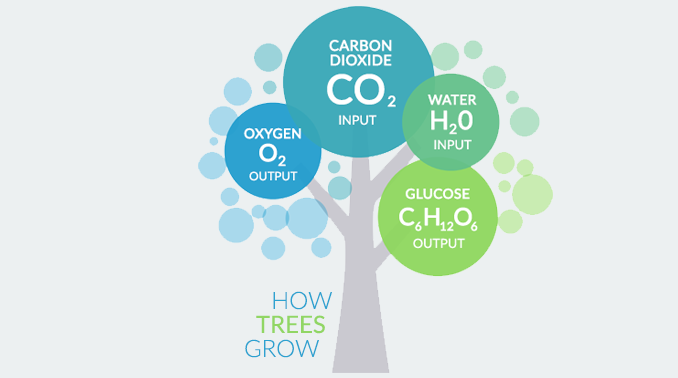
How trees grow
A common misconception is that trees grow only using the contents of the soil. As a result, when trees or new vegetation grow over time, it would deplete the soil.
Although there’s some truth to this, most of the plant growth is taken from the contents of the air and rainwater.
“Trees grow using carbon dioxide and rain from the atmosphere. From seed to trunk, plants use sunlight as the catalyst to undergo photosynthesis.”
Photosynthesis and plant growth
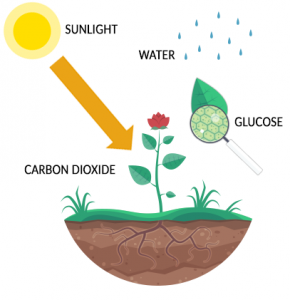
The photosynthesis process produces sugars to create the trunk and other structures of the tree.
Instead, the nutrients that plants get from soils mostly aren’t used as part of the main body and structure of a tree.
Plants use these soil nutrients for the more complex structures within plants, such as functional proteins and enzymes.
This means that most of the dry mass of trees is made from the contents of the air and water.
Gas burnt in your car ends up in plant material

When your car burns gasoline, fossil fuels are released into the air as carbon dioxide and water vapor.
It may stay in the atmosphere for a while, but eventually, plants consume it during photosynthesis.
So that same weight from the tank of gasoline gets converted into wood or plant material by photosynthesis.
Given how many cars are being driven daily, plants have access to plenty of “material” for their growth. They just need the ideal conditions to grow.
How Trees Grow from Carbon Dioxide and Water
Trees are important for many reasons, but one of the most critical among them is their ability to sequester carbon dioxide, which means they store carbon in their leaves, bark, and wood.
When trees take in carbon dioxide from the atmosphere, they convert it into energy via photosynthesis. Trees also release oxygen back into the air after storing it.
While there are many other ways to reduce your carbon footprint, this is an easy way you can help protect our planet while also contributing to its health.
If you have any questions or comments about how trees grow, then don’t be shy and drop us a line below.

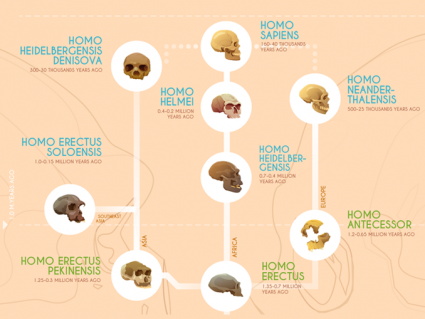

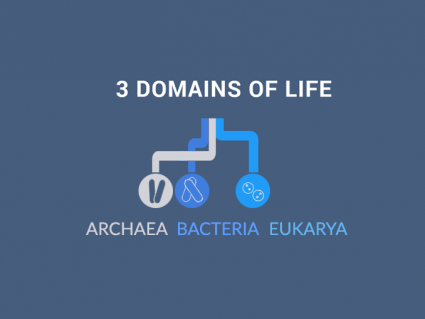
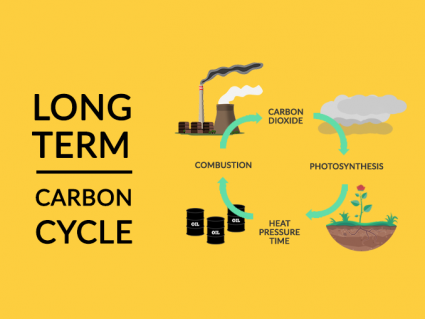
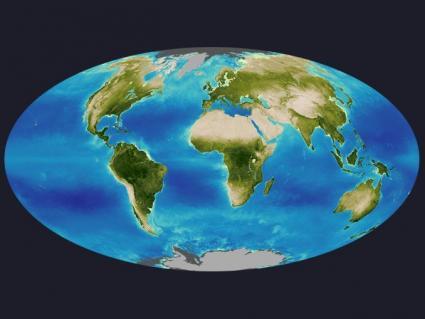
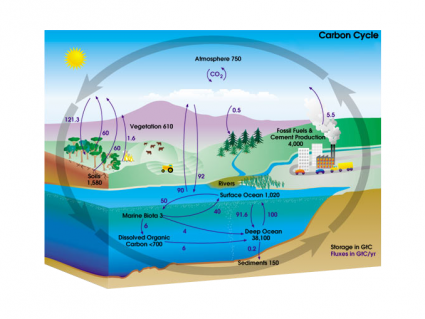
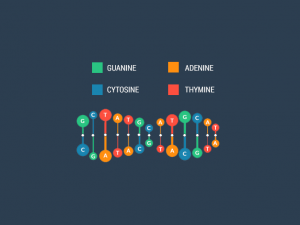

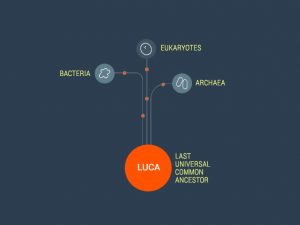


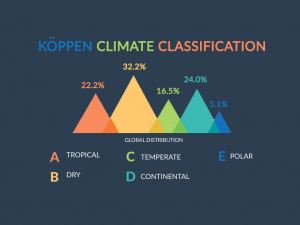
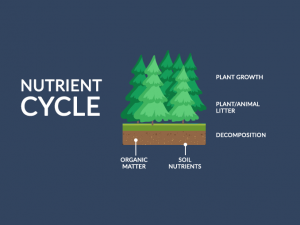

I was just reading about a researcher in Arizona on Mt. Bigelow who determined the ponderosa pines there simply quit growing last July, months before the growing season normally ends, due to the extreme heat.
https://www.washingtonpost.com/climate-environment/interactive/2023/global-heat-record-arizona-trees-rings/?utm_campaign=wp_post_most&utm_medium=email&utm_source=newsletter&wpisrc=nl_most
Obviously this has grave implications if results are confirmed. My question is—do trees continue to take in CO2 if they stop growing? If so, at what rate? Would those trees have absorbed CO2 differently after they stopped in July? Because this has implications for a negative feedback loop.
Thank you for any clarification you can offer. Ginger